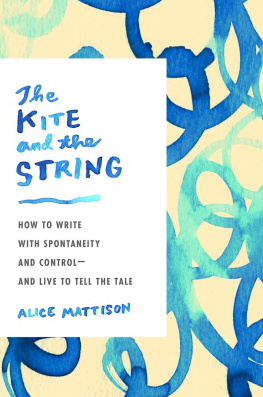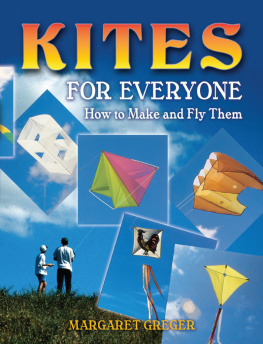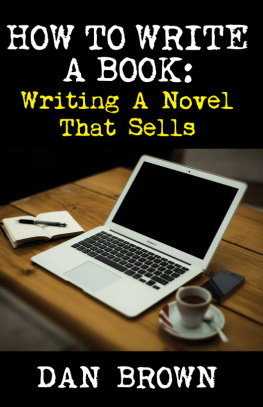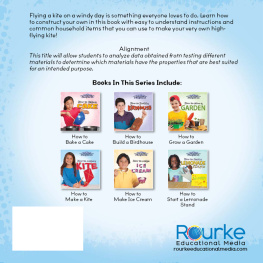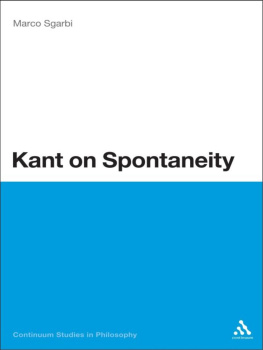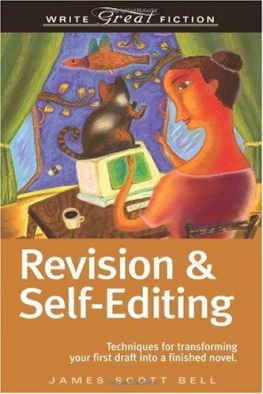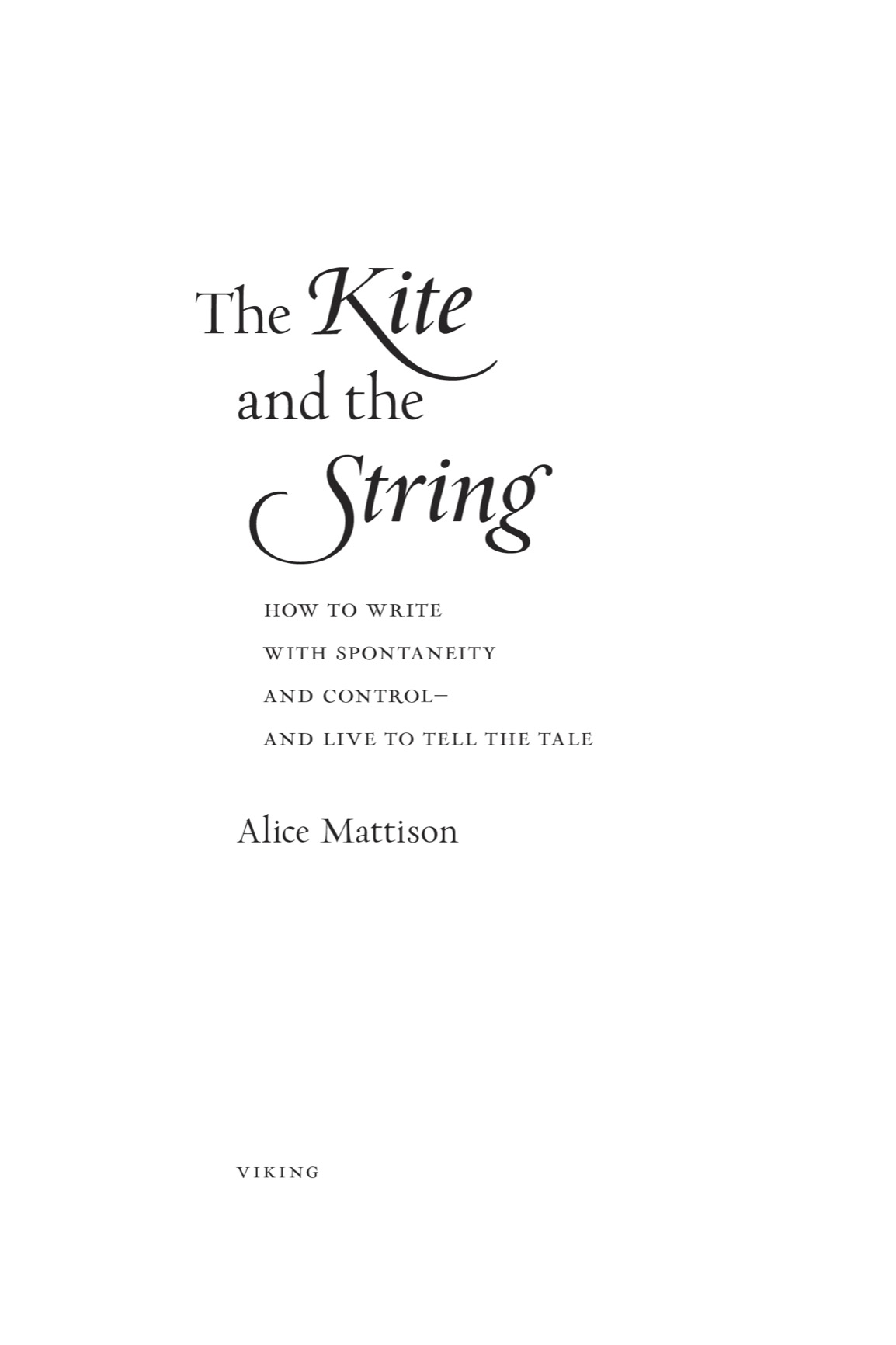Penguin supports copyright. Copyright fuels creativity, encourages diverse voices, promotes free speech, and creates a vibrant culture. Thank you for buying an authorized edition of this book and for complying with copyright laws by not reproducing, scanning, or distributing any part of it in any form without permission. You are supporting writers and allowing Penguin to continue to publish books for every reader.
Portions of this book first appeared in slightly different form in the following publications: Tillie Olsen and the Writing of Fiction in The Millions and Bloom; Drowning the Children in The New Haven Review; Coincidence in Stories: An Essay Against Craft, Silence and Storytelling, What Killed the Queen: And Other Uncertainties That Keep a Reader Reading, and Where Do You Get Your Ideas? in The Writers Chronicle.
Excerpts from Under the dark veil my hands tensed and clutched, Poem Without a Hero, and other selections from The Word That Causes Deaths Defeat: Poems of Memory by Anna Akhmatova, translated by Nancy K. Anderson. Copyright 2004 by Yale University. Reprinted by permission of Yale University Press.
Introduction: Excuse Me, Dont We Know Each Other?
Maybe youre that woman in the corner of the coffee shop. Youre gazing over the lid of a laptop, then typing fast, then gazing again. Or possibly youre that man with a narrow-ruled notebook, writing fat paragraphs in black ink. Your handwriting is so dense that when you turn the page, the paper looks thick and stiff.
And I? Im the woman with messy gray hair whos at risk of spilling her coffee down your neck, because she cant help glancing over your shoulder to get a glimpse of what youre writing. Is it, perhaps, a story? Is it a novel? A memoir? I have my own notebook or laptop, or a manuscript Im scribbling on, but I cant seem to help sneaking a look at yours.
For decades Ive been reading, writing, and teaching writing, but it seems that I havent gotten enough of it. Oh, maybe on the last day of a writers conference, when Ive thought and talked writing for more hours than would seem possible, when Ive read piles of stories, listened to hours of readingsmaybe then I think, Weve got to stop this! But a day or two later, Im glancing over your shoulder again. And now I have written a book about writingespecially about fiction, but also of use, I hope, to writers of memoir. Some of what I have to say may be helpful to you; some wont; youll know what to read and what to skim or skip.
Writing about writing, trying to make sense of this thing you and I do, is a way of getting a little clearer in my own mind (and maybe coming up with something of use to you too) about what happens in stories and novels, how we may improve them, and how we may avoid misery in the process. The Kite and the String is the working-out of an idea Ive thought about for many years, the idea that writing well doesnt result from following rules and instructions. It comes when we express strong feeling boldly and freely and then look steadily and critically at what weve done, in a mood thats neither despairing nor defensive.
Thinking clearly, you can decide what needs work and what is right as it is. But you may need some help before you can decide: you need some suggestions on what to think about, how to learn from what you read, how to use your agile brainwhich gets you through the rest of lifeto help you write. And you need some couragenot just courage to write (I see that youre already writing) but courage to write in new ways, to try what may seem intimidating.
This is not a book to pick up if youre trying to work up your nerve to write your first story. (Just write it! You dont need a book!) Its not a how-to manual, and Im not sure I believe in manuals for writing. This book describes one womans way of thinking about writing. My imagined audience consists of people who, like me, not only have had the impulse to write stories, but have acted on it repeatedlyenough to have written something or a good many somethings that other people want to read. Or maybe youve mostly accumulated frustrations. Published or not, you arent a beginner; youve worked at this art.
Its not as easy as it perhaps once was to make a clear distinction between people who are and arent writers, not when those with multiple responsibilities and little free time (people who earn their living and manage friendship and love, who look after children or frail parents, or who are slowed by their own ill health) write when they can, take it seriously, and may be quite good at it. In this book Im talking not only to people who have published books or are likely to do so soon, but also to fine writers who may not write much, whose output may consist of a few stories that will be published, with luck, in journals. Writers come in many varieties. They are students in master of fine arts programs, alumni, and those who are considering applying. They are also people who write on their own, maybe showing work to a few friends, as well as those who lead or belong to a workshop at a college, a writers center, a retirement community, or a friends house.
Ive taught fiction writing to students in masters programs, to undergraduates, to participants in writers conferences, to people who came to my house once a week for thirteen years to attend a workshop that usually met in my attic; when a wheelchair user joined, we moved to the kitchen. Some of my former students have published well-received books, while others have placed stories in journals, have a lively presence online, teach writing in community colleges, four-year colleges, or universitiesor are taking time off from writing to work, look after their kids, or otherwise manage their lives.
The writers I meet have similar difficulties with the task, reasons why this book might be useful. Some are so eager for rules and techniques that they cant allow themselves the many messy stages of writing good fiction, the dreamlike, irrational state of mind that would let them write whats senseless and only later, gradually, turn it into something that makes sense. Others write freely and spontaneously, but have trouble judging what theyve done, or thinking in an orderly way about structure or plot. Many lack confidence, and may write less well because they dont have the courage to tell the story they should be telling.

I came to writing fiction late, partly because I didnt know how to start or how to improve but also because I was busy: working, taking care of children, writing what wasnt fictioninterruptions I dont regret. I also had troublespecifically, an eye ailment.
When I was contemplating writing my first novel, in my late forties (I had written poems and stories), I read John Gardners On Becoming a Novelist, in which the beginning novelist he referred to was always he and often young. We still have remnants of the old idea that a beginning writer is a rough-looking but confident young man who shows up in a class somewhere in a flannel shirt and worn boots, and astonishes the academics with his intense, moving stories. He is forgiven for leaving the practical questions of life to othersprimarily a patient wife, who may be supporting himand when he isnt drinking or riding a motorcycle (or maybe cheating on her), he spends his time writing. My book is for his wife, who always did have a promising manuscript hidden under the dish towels in a kitchen drawer. That is, I assume that my reader (male, female, or other; gay or straight; single or part of a couple) squeezes writing into an ordinary lifeone with the usual ties, obligations, interruptions, doubts, and calamities. I cant tell you how to find room in your life for writing (I think you will have to be mildly selfish), but possibly something in my life, or in what Ive learned as a writer and teacher, will prove relevant.

